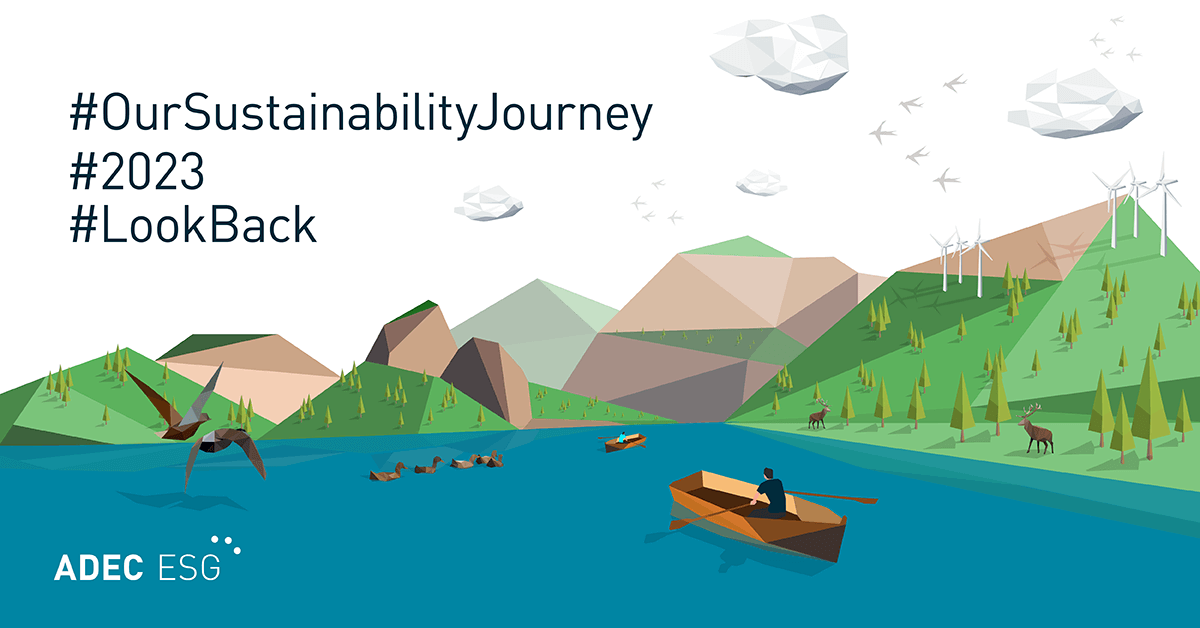The need to fully integrate environmental, social, and governance (ESG) factors into business models is continuing to grow. For many companies, ESG integration has become a necessity instead of an option. This is a positive thing, as being environmentally conscious and socially responsible in their corporate strategy gives them an advantage over their peers.
With climate change and social issues looming large over industry, organizations need to reinvent their sustainability capabilities to address the coming consequences. ESG incorporation helps organizations adjust to the constantly changing requirements of clients, customers and business investors.
The relationship between ESG standards and investment performance was established by the United Nations in 2006 through its Principles for Responsible Investment (PRI). PRI is described as a set of standards that guide business investors to consider the ESG and sustainability performance of companies when making investment decisions. In a TED Talk, speaker Chris McKnett shared that investors should look beyond financial attractiveness when planning to make an investment. Investors should take into consideration how adaptive companies are in relation to ever-changing economy and climate conditions.
ESG Disclosure as a Corporate Strategy
Sustainable investing or responsible investing (RI) is a philosophy that an increasing number of business investors are practicing and promoting. The combination of having strong financial data and ESG capabilities increases the investment value of a company in the global market. Progressive companies are realizing the importance of having a complete ESG disclosure that sets them apart from others.
A report from the Global Reporting Initiative (GRI) listed several qualities of a good ESG disclosure:
1. Reflects a clear link between a company’s ESG strategy and its business plans.
Oftentimes, investors see companies lacking the ability to align their business objectives with their ESG-driven initiatives. Establishing the link between an organization’s ESG strategy and their business strategy helps investors better determine a company’s performance value.
2. A credible source of factual information and supporting documents.
Investors need to see facts in context as they go through the process of making a decision on whether or not to put their money in a company. Serving as the backbone of all ESG reports, facts reveal the effectiveness of an ESG strategy in relation to current industry conditions.
3. Recognizes current opportunities and risks related to an ESG strategy.
There should be a constant effort by companies to balance the presentation of strengths with weaknesses. Companies should see risks as opportunities to improve their overall performance and inspire confidence in investors that they are agile and capable managers of their investment.
ADEC ESG, a leading sustainability solutions provider for various industries, offers expert advice to boost organizations’ ESG performance. We help organizations cost-effectively integrate ESG in their business strategies and operations to help them achieve a higher ROI. Contact us to learn more.




